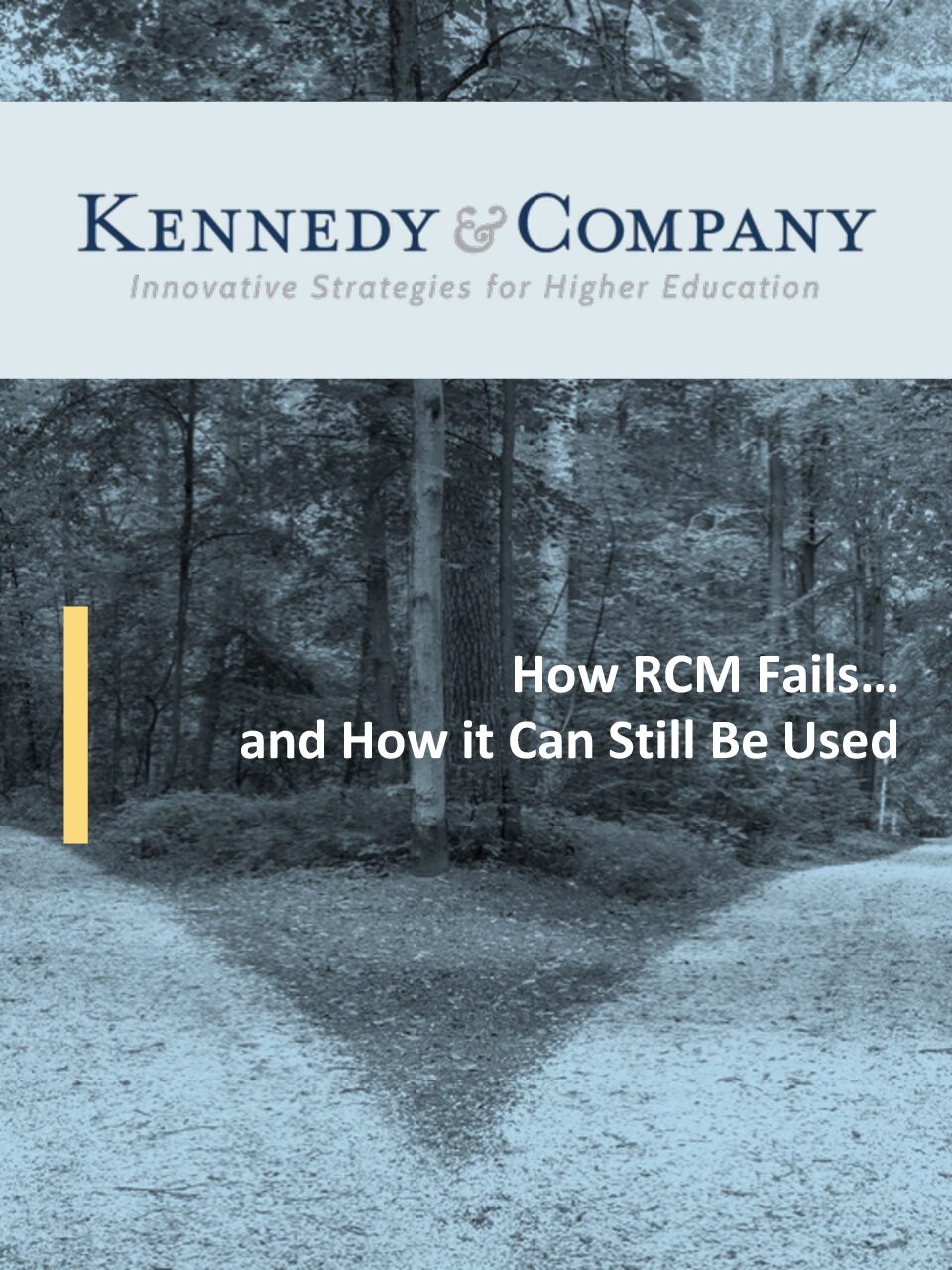In some corners of higher education, Responsibility Center Management (RCM) is a term that causes anxiety amongst deans. It can conjure visions of a “zero sum game” with competition for students, adversarial relationships with central services functions, and difficulty in managing decentralized budgets. For institutions under an incremental or base budgeting model, a shift to RCM is a massive undertaking with significant implications on academic portfolio planning, capital projects, and the student experience. For this reason, wholesale transitions to a RCM budgeting model are uncommon. However, institutions under any form of budgeting strategy can benefit from some elements of a decentralized model.
The central, guiding principle of RCM budget models is to create a set of incentives that grows overall institutional revenues. Metaphorically, universities utilizing RCM hope to grow the size of a proverbial pie, rather than simply allocating the same slices of the pie (adjusted for annual growth) to various academic units. One of the most significant drawbacks of a base budgeting strategy is that, oftentimes, Schools or Colleges are not financially incentivized to pursue enrollment growth via online, graduate, or interdisciplinary program offerings. Additionally, academic units that operate more efficiently with lower costs of delivery do not directly participate in that net revenue generation.
Over the last decade, Kennedy & Company has helped dozens of institutions on legacy incremental models to develop a set of structures, strategies, and incentives that utilize some parts of RCM without fully implementing a new budget model. Some of these activities help institutions ask – and answer – key questions, such as:
- How can Cost of Instruction Modeling help us understand the relative differences in cost of delivering credit hours in various academic disciplines?
- How can we use Differentiated Tuition Pricing to price each academic program to its market based on student demand, elasticity, and capacity constraints?
- Can we develop Space Charge Models to approximate the cost of space occupancy for each academic unit?
- What Financial Incentives for Meeting Enrollment Strategies for academic units can we incorporate to ensure our goals are being met?
- How can we use Enrollment Forecasting to plan for the faculty needs, student services, and capital projects under a given composition of enrollments years into the future?
Download Kennedy & Company’s white paper “How RCM Fails…and How It Can Still be Used” for more information.

